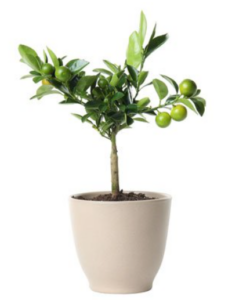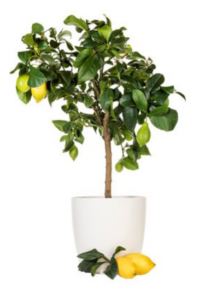Cultivating a flourishing orchard and reaping the sweet rewards begins with the careful art of nurturing and being able to prune fruit trees.
At Aumann’s, we possess a wealth of experience and knowledge. This enables us to guide you through the process of pruning fruit trees for optimal growth and abundant harvests.
This comprehensive guide will analyse the art of pruning fruit trees, shedding light on effective nurturing strategies for various fruit tree types, including the beloved lemon, orange, and olive trees.
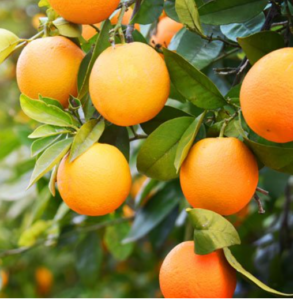
How to Prune Fruit Trees: Choose The Perfect Spot
Choosing the right planting location stands as a foundational pillar in the triumphant journey of fruit tree cultivation.
We firmly believe that planting your fruit trees in an area basking in 6 to 8 hours of sunlight each day is a key determinant of success. This strategic exposure to sunlight serves as a catalyst for robust growth and intensified fruit production.
The Importance of Sunlight and Soil
Before going further, it’s important to know the significance of the planting spot. Fruit trees thrive in well-draining soil that provides essential nutrients.
The optimal amount of sunlight fuels the process of photosynthesis, allowing trees to convert light into energy and ultimately bear fruit.
Understanding Pruning Techniques
Pruning is not a one-size-fits-all practice; it requires an understanding of different techniques for various fruit trees. Each tree type possesses unique growth patterns and needs.
Here at Aumann’s, we place significant emphasis on pruning to remove remnants of the last season’s growth and establish a well-structured, open canopy.
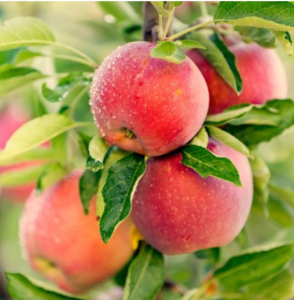
Mastering The Art of Pruning for Different Fruit Trees
Citrus Elegance: Lemons and Oranges
Pruning citrus trees requires a careful method, including the removal of unhealthy branches and tangled limbs. This encourages better airflow and sunlight penetration for improved growth.
At Aumann’s, our seasoned experts recommend pruning fruit trees in late winter or early spring, just before the emergence of new foliage.
When To Prune Citrus Trees
Pruning citrus trees demands careful timing to ensure optimal results. Late winter to early spring is the ideal period for this task. This time trees are dormant, and the risk of disease transmission is minimal.
Pruning Strategies for Citrus Trees
- Eliminate dead, damaged, or crossing branches to improve air circulation and prevent pest and disease issues.
- Thin out crowded areas to ensure sunlight permeates all parts of the tree.
- Apply precise pruning techniques to create an open structure that promotes upward growth and outward expansion.
- Cultivate a sturdy framework for prolific fruit production.
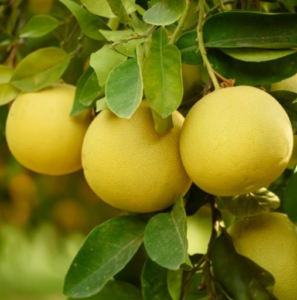
The Enigmatic Olive Trees
The pruning of olive trees stands as an indispensable practice, vital for preserving their characteristic silhouette and stimulating the growth of fruitful wood.
Drawing upon Aumann’s wealth of wisdom, we propose a pruning schedule during the early months of summer, a period marked by the set fruit.
The focus lies on the elimination of competing branches, coupled with the maintenance of an airy core to accommodate the infiltration of sunlight, thereby nurturing all aspects of the tree.
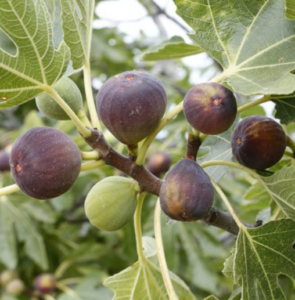
Summer Pruning for Olive Trees
Olive trees thrive when pruned during the summer after the fruit has formed. During this time, the tree is actively growing, which allows it to heal and redirect resources towards new growth quickly.
Shaping Olive Trees for Success
- Maintain an open-centred vase-like structure while pruning olive trees.
- Begin by eliminating dead, crossing, or diseased branches.
- Gradually thin the canopy to enable sunlight penetration and nourishment.
- Achieve a harmonious balance between growth and fruiting for thriving olive trees.
Pear and Apple: The Duo of Excellence
Apple trees and pear trees thrive under an annual pruning regimen, one that seeks to tame vertical shoots and discourage the onset of water sprouts.
Our seasoned horticulturists at Aumann’s implore you to execute this regimen during the latter part of winter or the advent of spring, a period preceding the bursting of buds.
The Art of Pruning Apple and Pear Trees
Begin by evaluating the tree’s structure and identifying vertical shoots, also known as “water sprouts.” These upward-growing branches often divert energy away from fruit production. Remove them to encourage horizontal growth, promoting a balanced nutrient distribution and an open canopy.
Promoting Healthy Growth in Apple and Pear Trees
- Develop a scaffold of evenly spaced branches radiating from the tree’s centre to ensure sunlight access.
- Foster uniform growth and robust fruiting by illuminating every part of the tree.
- Attain a harmonious branch arrangement, primed to bear the weight of forthcoming fruit.
- Pay meticulous attention to the tree’s form to guarantee its strength and fruitful potential.
Nurturing New Growth
Encouraging New Shoots and Branches
Pruning isn’t solely about removal; it’s also about fostering the growth of new shoots and branches that contribute to the tree’s vitality and productivity.
By strategically trimming back certain branches, you stimulate the development of fresh growth, ensuring a continuous cycle of renewal and rejuvenation.
Harvesting the Fruits of Your Labour
With the passage of time and a judicious approach to pruning, your fruit trees will reward your efforts with a bountiful harvest.
The fruits of your labour will be a testament to the thoughtful care you’ve invested in shaping, nurturing, and maintaining your orchard.
As you savour the succulent fruits, you’ll find yourself immersed in the joy of a journey that spans from the initial pruning cuts to the moment of harvest.
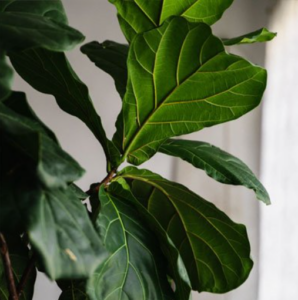
Bottom Line
In the tapestry of nurturing young fruit trees, the art of pruning emerges as an irreplaceable thread, one that interlaces health, vibrancy, and a profusion of harvest.
Here at Aumann’s, we stand as steadfast custodians of this knowledge, enthusiastic to share it with you. Be it the venerable citrus trees, the revered olive trees, or the rich bounty of stone fruit trees, the application of prudent pruning techniques holds the promise of a bounteous yield.
Delve into the unique needs of each tree variant, and cultivate an understanding that spans beyond the present moment.
With the roadmap provided by our comprehensive guide, embark on a journey of nurturing fruit trees that culminates in nature’s sweetest offerings.
Happy pruning!


